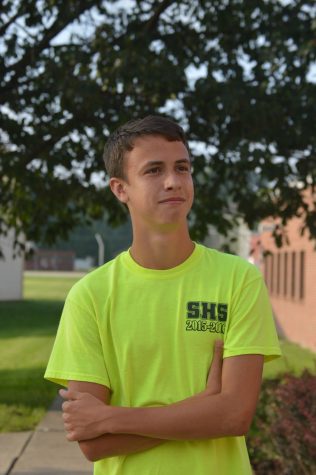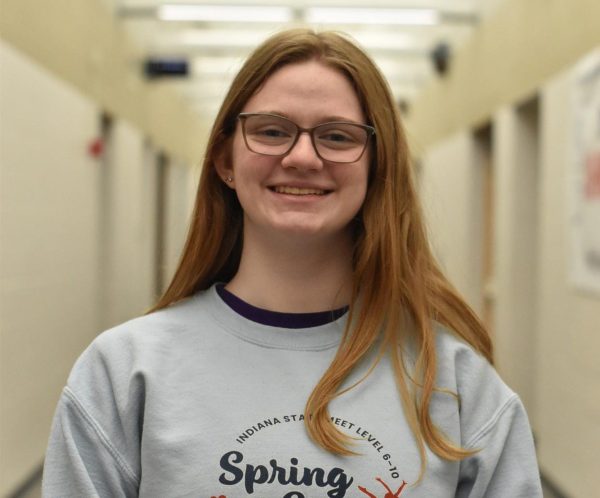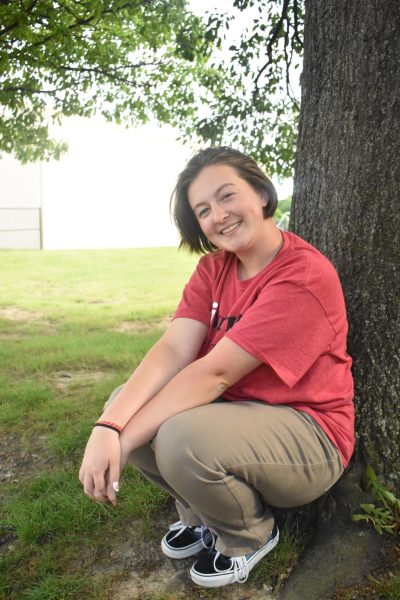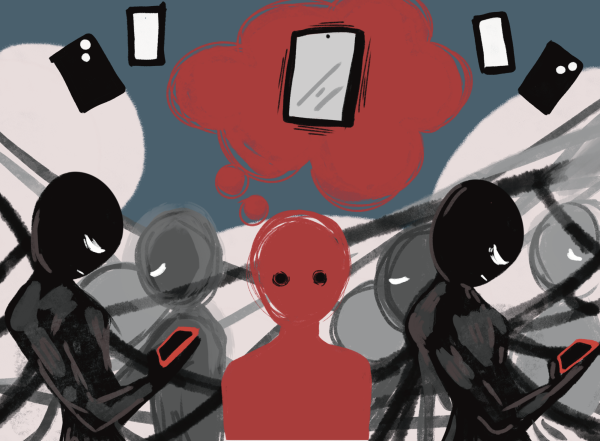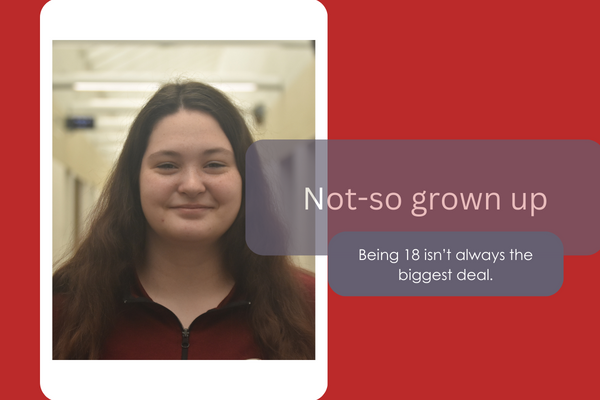Off and Running
Speed up the last minute of NCAA basketball games
February 10, 2017
During college basketball, the game moves fast for 39 minutes of the game. Then it slows to a crawl. On average, the last minutes of a basketball game takes five and a half minutes to complete according to USA Today Sports. That is also counting games where a team gets blown out and just plays out the final minute. Between free throws, tactical timeouts and commercials, games last way too long, especially if it is a really close game.
It starts with the timeouts. Since teams are apparently incapable of having an inbound play memorized, the coach has to call a timeout to get them set to get the ball in place safely. Then they have to call a timeout to switch in the three point shooters for the defensive specialists. Then they need to call a timeout to set up a play to score in 7.6 seconds. In fact, if a coach wanted to, he could stop the clock six times in the last minute. Then the other coach has to be accounted for. There can be 12 clock stoppages in the last minute if both coaches save their timeouts, because why spend them when media timeouts occur several times a game? But timeouts are not the leading cause of the clock stoppages.
That title belongs to the “hugging fouls,” or intentional fouls, which are interspersed throughout the final minute of a close game. Essentially to save time and hopefully only let the opponent score one or two points per possession, losing teams start fouling as soon as the ball is inbounded. It devolves into a choreographed march from free throw line to free throw line with a little bit of ball throwing in between. The winning team is determined by a very slow-paced version of team knockout. A foul is a break of the game’s core rules and should penalize a team and not reward them. But the way the game is being played, fouls in the last couple minutes can be used as an advantage. If a team keeps fouling, then they can eliminate a size, skill and speed advantage in the final stretch of a game.
The double bonus was put in place in the 1980s to help eliminate this problem. But, that solution only works if teams can make free throws. The average free throw percentage in NCAA basketball is 69 percent. That means that a team will score on about two out of three free throws. Because of the low percentage, fouling still remains a viable strategy to close the gap late in the game. Especially if a team can knock down a couple threes in a row.
How do you fix that? Make a rule that if you foul another player on their side of the court, the other team shoots three free throws. Then, on average, a team would score two points per trip to the line. And with the timeouts? Make it like football and give each team three timeouts per half with no carryovers. Then, at the max, there would only be three available timeouts for coaches to burn. Even though there would be some really long scoring runs by teams, and the full court press would be used even less, it beats the alternative of “Timeout Wars vs the Commercials Strike Back!”



